Home>Garden Essentials>How To Sow Spinach Seeds
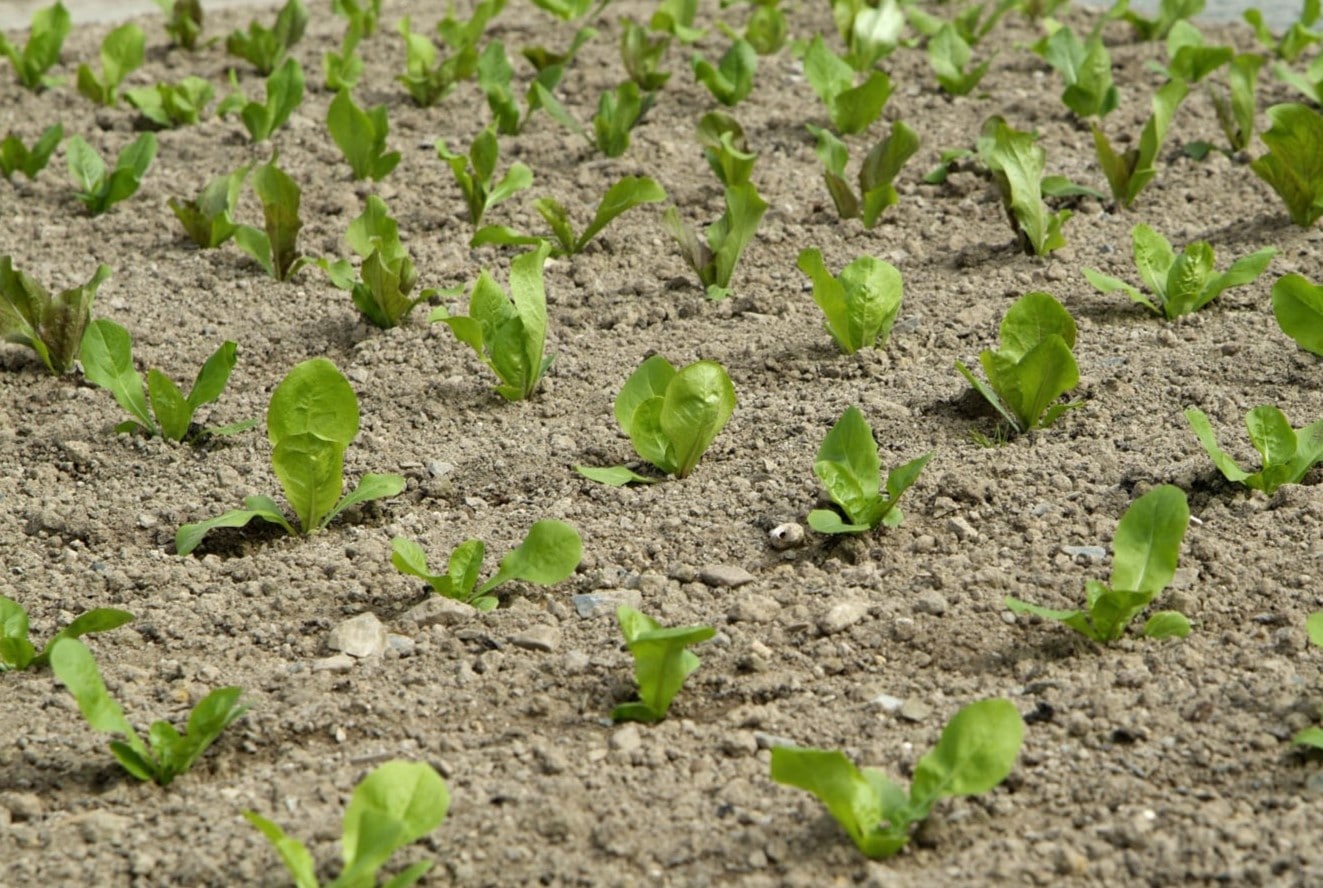

Garden Essentials
How To Sow Spinach Seeds
Modified: March 24, 2024
Learn the best techniques for sowing spinach seeds in your garden and enjoy a bountiful harvest. Find step-by-step instructions and tips for success.
(Many of the links in this article redirect to a specific reviewed product. Your purchase of these products through affiliate links helps to generate commission for Storables.com, at no extra cost. Learn more)
Introduction
Welcome to the world of gardening! Whether you have a sprawling backyard or a small balcony, growing your own vegetables can be a rewarding experience. One vegetable that deserves a spot in your garden is spinach. Spinach is not only packed with essential nutrients, but it’s also incredibly versatile in the kitchen. From salads to smoothies, there are countless ways to incorporate this healthy leafy green into your meals.
If you’re new to gardening, you may be wondering how to get started with spinach. In this article, we’ll guide you through the process of sowing spinach seeds and caring for the seedlings. By following these steps, you’ll be well on your way to enjoying a bountiful harvest of fresh, homegrown spinach.
Before we dive into the details of sowing spinach seeds, let’s take a moment to understand why spinach is such a fantastic addition to any garden. Not only is spinach rich in vitamins A and C, iron, and calcium, but it also contains beneficial antioxidants that promote overall health. Eating spinach has been linked to reducing the risk of chronic diseases, boosting the immune system, and improving digestion. Plus, spinach is a versatile vegetable that can be used in a variety of dishes, from salads and sandwiches to soups and stir-fries.
Growing your own spinach allows you to have control over the quality and freshness of the produce. You can avoid harmful pesticides and enjoy the satisfaction of plucking fresh leaves straight from your garden to your plate. Plus, spinach cultivation is relatively easy, making it an excellent choice for beginner gardeners.
Now that you’re convinced of the benefits of growing spinach let’s move on to the first step: choosing the right time and location for sowing spinach seeds.
Key Takeaways:
- Sowing spinach seeds is a rewarding and easy way to grow your own nutritious greens. With the right timing, location, and care, you can enjoy a bountiful harvest of fresh spinach for delicious meals.
- Harvesting and using homegrown spinach opens up a world of culinary possibilities. From salads to smoothies, soups to sautés, there are endless ways to enjoy the nutrient-packed benefits of this versatile vegetable.
Read more: How To Plant Spinach Seeds
Choosing the Right Time and Location
When it comes to growing spinach, timing is key. Spinach is a cool-weather crop that thrives in temperatures between 50°F and 70°F (10°C and 20°C). It is best to sow spinach seeds in early spring as soon as the soil becomes workable. If you’re in a region with mild winters, you can also sow spinach seeds in the fall for a late-season crop.
In terms of location, spinach prefers full sun but can tolerate partial shade. If you live in a hot climate, providing some shade during the hottest part of the day can help prevent the plants from bolting and going to seed prematurely. Ensuring that the soil is well-draining is crucial for spinach cultivation. Avoid areas with heavy clay soil that tends to hold water, as excessive moisture can cause the roots to rot.
If you have limited space, don’t worry! Spinach can be grown in containers, raised beds, or even as part of a vertical garden. Just make sure the chosen location receives at least 4-6 hours of sunlight per day and has ample space for the plants to grow.
Before planting, it’s essential to prepare the soil to create a nutrient-rich environment for the spinach plants.
Preparing the Soil
Preparing the soil is a vital step in ensuring the success of your spinach plants. Spinach thrives in well-drained soil that is rich in organic matter. Here’s a step-by-step guide to preparing the soil for sowing spinach seeds:
- Remove any weeds: Start by removing any existing weeds or grass from the area where you plan to grow your spinach. Weeds can compete with the spinach plants for nutrients and sunlight, so it’s crucial to eliminate them before planting.
- Loosen the soil: Use a garden fork or a tiller to loosen the soil to a depth of about 8-10 inches (20-25 cm). This helps create a loose and airy soil structure, allowing the spinach roots to penetrate easily and access nutrition.
- Amend the soil: Spinach plants thrive in soil with a slightly acidic to neutral pH level ranging from 6.0 to 7.0. If your soil is too acidic or alkaline, it’s advisable to amend it. You can do this by adding compost, well-rotted manure, or organic matter to improve the soil’s fertility and structure. Mixing in organic matter also helps with moisture retention.
- Level the soil: After amending the soil, use a rake or a garden hoe to level the surface. This creates an even planting bed and ensures that moisture is distributed evenly.
Once the soil is prepared, it’s time to select and prepare the spinach seeds for sowing.
Selecting and Preparing Spinach Seeds
Choosing high-quality spinach seeds is essential for a successful harvest. Here are some tips to help you select and prepare spinach seeds:
- Look for reputable seed suppliers: Purchase spinach seeds from reliable seed suppliers or nurseries. They provide seeds that are more likely to be viable and of good quality.
- Consider the variety: Spinach comes in various varieties, each with its unique characteristics. Some varieties are better suited for specific growing conditions or purposes, such as baby leaf spinach or varieties that are more heat-tolerant. Research different spinach varieties to choose the one that best suits your needs and growing environment.
- Check the seed packet: The seed packet contains important information such as the variety, planting depth, spacing, and germination period. Read the instructions carefully to ensure you sow the seeds correctly.
- Pre-soak the seeds (optional): While not necessary, some gardeners prefer to pre-soak spinach seeds before planting. Soaking the seeds in water for a few hours or overnight can help speed up germination. However, make sure not to soak them for too long, as this could cause the seeds to become waterlogged and affect their viability.
- Consider using pelleted seeds: If you have difficulty handling small seeds, you can opt for pelleted spinach seeds. Pelleting involves coating the seeds with an inert material, making them larger and easier to handle. This can be especially helpful if you have limited dexterity or vision impairments.
Once you have selected and prepared the spinach seeds, it’s time to move on to the next step: sowing the seeds in the prepared soil.
Sowing Spinach Seeds
Now that you have prepared the soil and selected your spinach seeds, it’s time to sow them. Follow these steps to ensure successful sowing:
- Mark the rows: Use stakes or garden twine to mark the rows where you’ll be sowing the spinach seeds. This will help keep your planting organized and make it easier to identify the emerging seedlings.
- Sow the seeds: Sow the spinach seeds directly into the prepared soil, following the spacing instructions provided on the seed packet. Typically, spinach seeds are planted about 1/2 inch (1.25 cm) deep and spaced 2-4 inches (5-10 cm) apart.
- Cover and water: Once the seeds are sown, lightly cover them with soil and gently press down to ensure good seed-to-soil contact. Water the area thoroughly but gently, using a watering can or hose with a gentle sprayer attachment. Avoid overwatering, as excessive moisture can lead to root rot.
- Label the rows: Place labels at the beginning of each row, indicating the variety and date of sowing. This will help you keep track of your plants as they grow.
Now that your spinach seeds are sown, it’s time to provide proper care to ensure healthy growth and development.
When sowing spinach seeds, make sure to plant them in well-drained soil and keep them consistently moist. Sow the seeds about 1/2 inch deep and 2 inches apart to allow for proper growth.
Read more: When To Sow Lupine Seeds
Caring for Spinach Seedlings
Once your spinach seeds have germinated and the seedlings emerge, proper care is crucial for their healthy growth. Here are some guidelines to help you care for your spinach seedlings:
- Watering: Spinach plants need consistent moisture to thrive. Water the seedlings regularly, keeping the soil evenly moist but not waterlogged. Avoid overhead watering, as wet leaves can promote the development of diseases. Instead, water at the base of the plants to ensure the roots receive adequate moisture.
- Thinning: As the spinach seedlings grow, they may become overcrowded. To give the remaining plants enough space to develop properly, thin them out by gently pulling out the weaker seedlings. This will allow the remaining plants to receive adequate nutrients and sunlight.
- Fertilizing: Spinach plants benefit from a balanced fertilizer application. You can choose to use organic fertilizers or slow-release granular fertilizers, following the instructions on the package. Avoid applying excessive nitrogen fertilizer, as this can lead to lush leaf growth but reduce the plant’s ability to produce robust roots.
- Weed control: Keep the garden bed free from weeds that can compete with the spinach plants for nutrients and sunlight. Regularly inspect the area and pull out any weeds that may appear. Be careful while weeding to avoid damaging the delicate spinach roots.
- Managing pests: While spinach is relatively pest-resistant, it can still fall prey to common garden pests like aphids, slugs, and leaf miners. Monitor your plants regularly and take appropriate action if you notice any pest damage. You can use organic pest control methods or, in severe infestations, resort to chemical control as a last resort.
- Protecting from extreme weather: Spinach is a cool-season crop and can tolerate some frost. However, extreme heat or cold can stress the plants. If there’s an unseasonal heatwave or cold snap, consider providing shade or using row covers to protect your spinach seedlings.
With proper care and attention, your spinach seedlings will grow into healthy, vibrant plants ready for harvest. Speaking of which, let’s learn about the best time to harvest and how to use your freshly grown spinach leaves.
Harvesting and Using Spinach
Harvesting spinach at the right time is crucial to ensure optimal flavor and nutrition. Here’s how to harvest and make the most of your homegrown spinach:
Harvesting:
Spinach leaves can be harvested when they reach a desirable size, typically around 4-6 inches (10-15 cm) in length. Harvest the outer leaves first, leaving the younger leaves in the center of the plant to continue growing. To harvest, simply use clean garden shears or scissors to cut the leaves at the base, taking care not to damage the neighboring leaves or the growing point.
You can also choose to do a complete harvest, cutting the entire plant at once. This is ideal if you need a large quantity of spinach for a recipe or want to preserve the leaves for later use.
Using Spinach:
So, you’ve successfully harvested your spinach. Now, how can you make the most of this nutrient-packed green in your cooking? Here are a few ideas:
- Salads: Fresh spinach leaves make a delicious and nutritious addition to salads. Combine them with other vegetables, fruits, nuts, and your favorite dressing for a refreshing and healthy meal.
- Smoothies and juices: Spinach blends well into smoothies and juices, adding a boost of vitamins and minerals. Mix it with fruits like bananas and berries for a tasty and nutritious drink.
- Sautéed and stir-fried: Sautéing or stir-frying spinach quickly in olive oil or butter is a simple and flavorful way to enjoy this leafy green. Add garlic, onions, or other seasonings to enhance the taste.
- Soups and stews: Spinach can be added to soups, stews, and curries for an extra dose of green goodness. Toss a handful of spinach leaves into your favorite recipes near the end of the cooking process.
- Quiches and omelettes: Incorporate cooked spinach into quiches, omelettes, or frittatas for a savory and nutritious breakfast or brunch option.
Remember, the possibilities are endless when it comes to using spinach in your cooking. Experiment with different recipes and find your favorite ways to enjoy this versatile vegetable.
By following these tips for harvesting and using spinach, you can maximize the benefits of your homegrown produce and savor the fresh flavors straight from your garden.
Now, armed with the knowledge of sowing, caring for, harvesting, and utilizing spinach, you’re ready to embark on your journey of gardening success. Enjoy the process and the delicious rewards of growing your own nutritious spinach!
Frequently Asked Questions about How To Sow Spinach Seeds
Was this page helpful?
At Storables.com, we guarantee accurate and reliable information. Our content, validated by Expert Board Contributors, is crafted following stringent Editorial Policies. We're committed to providing you with well-researched, expert-backed insights for all your informational needs.
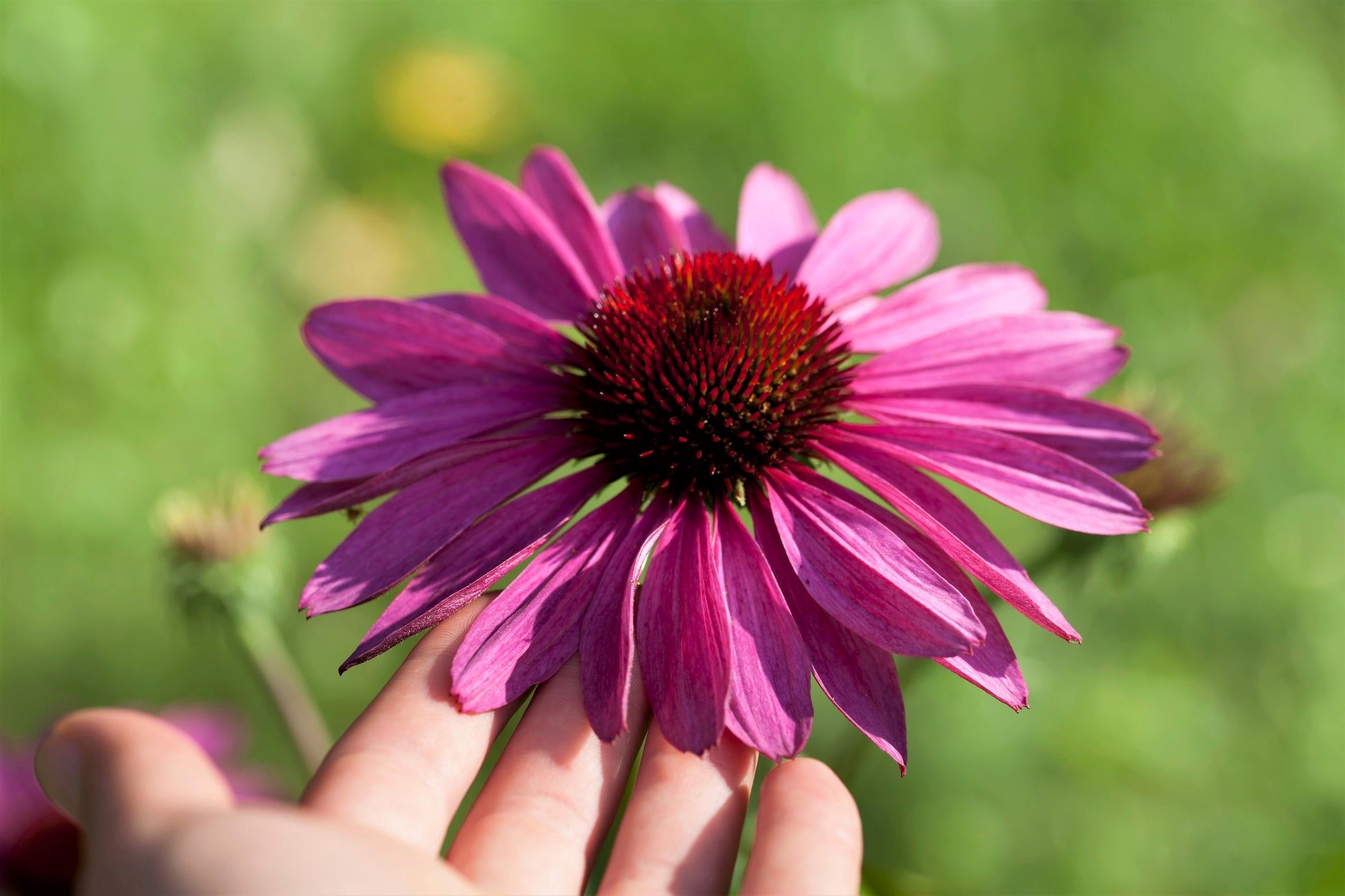
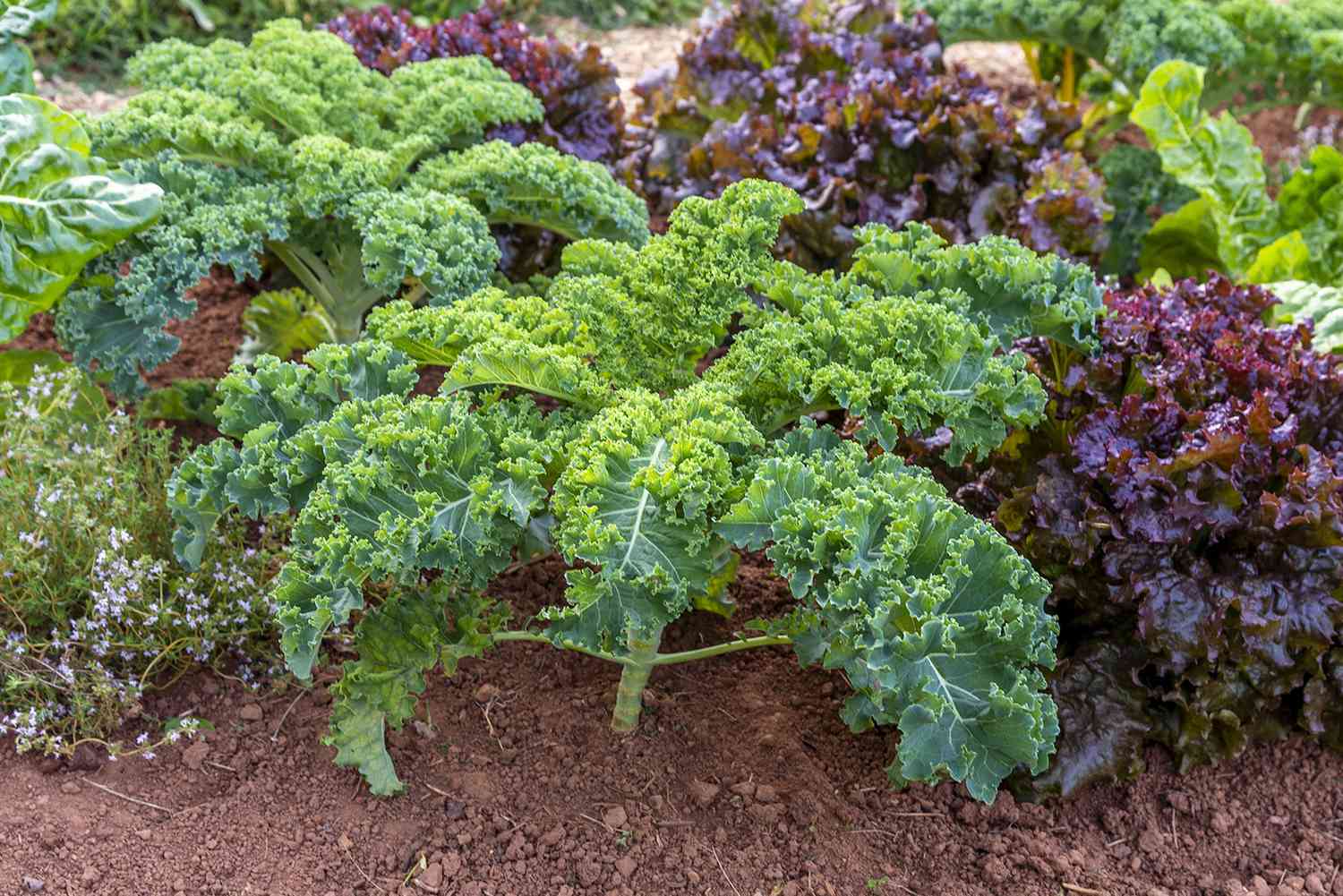

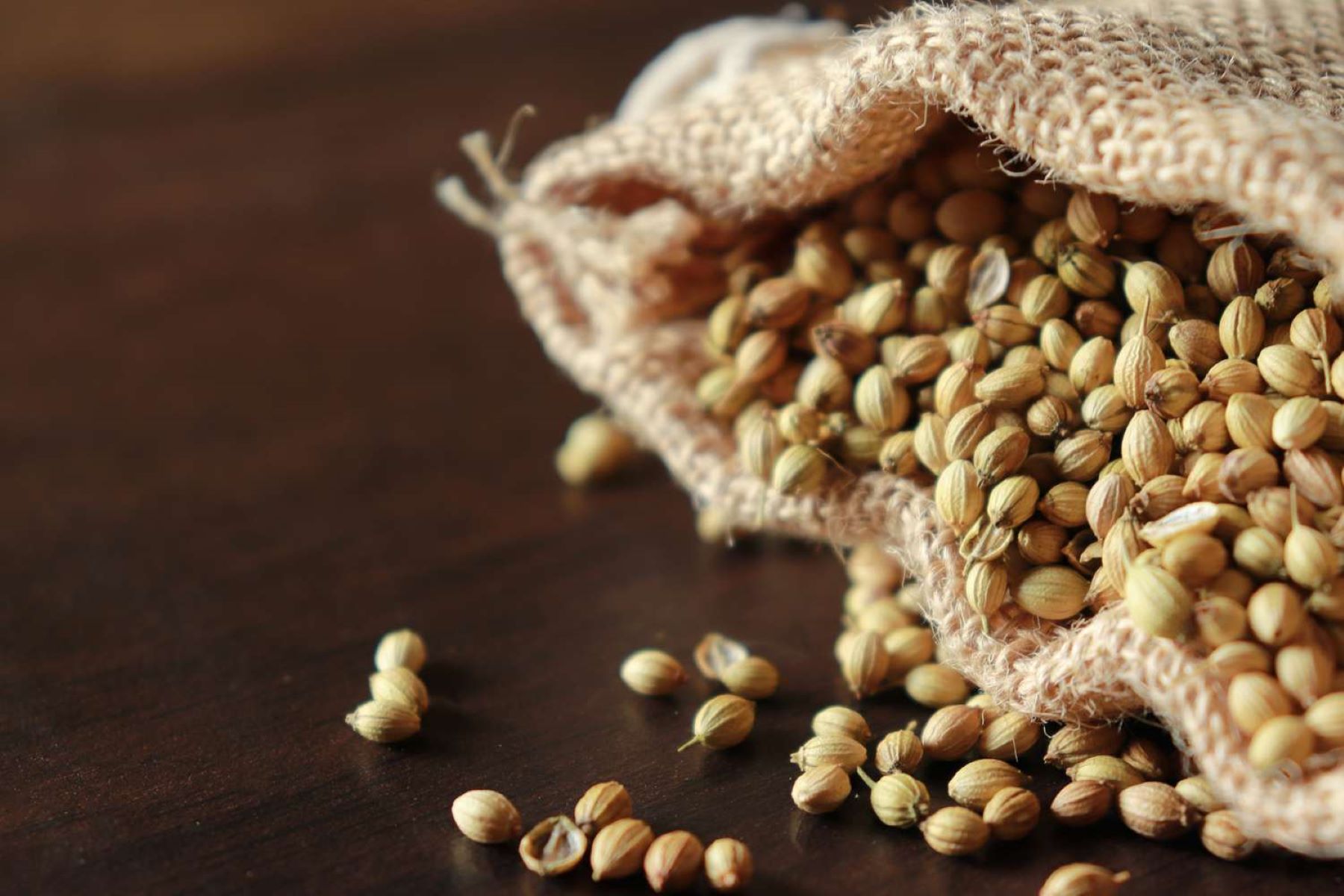
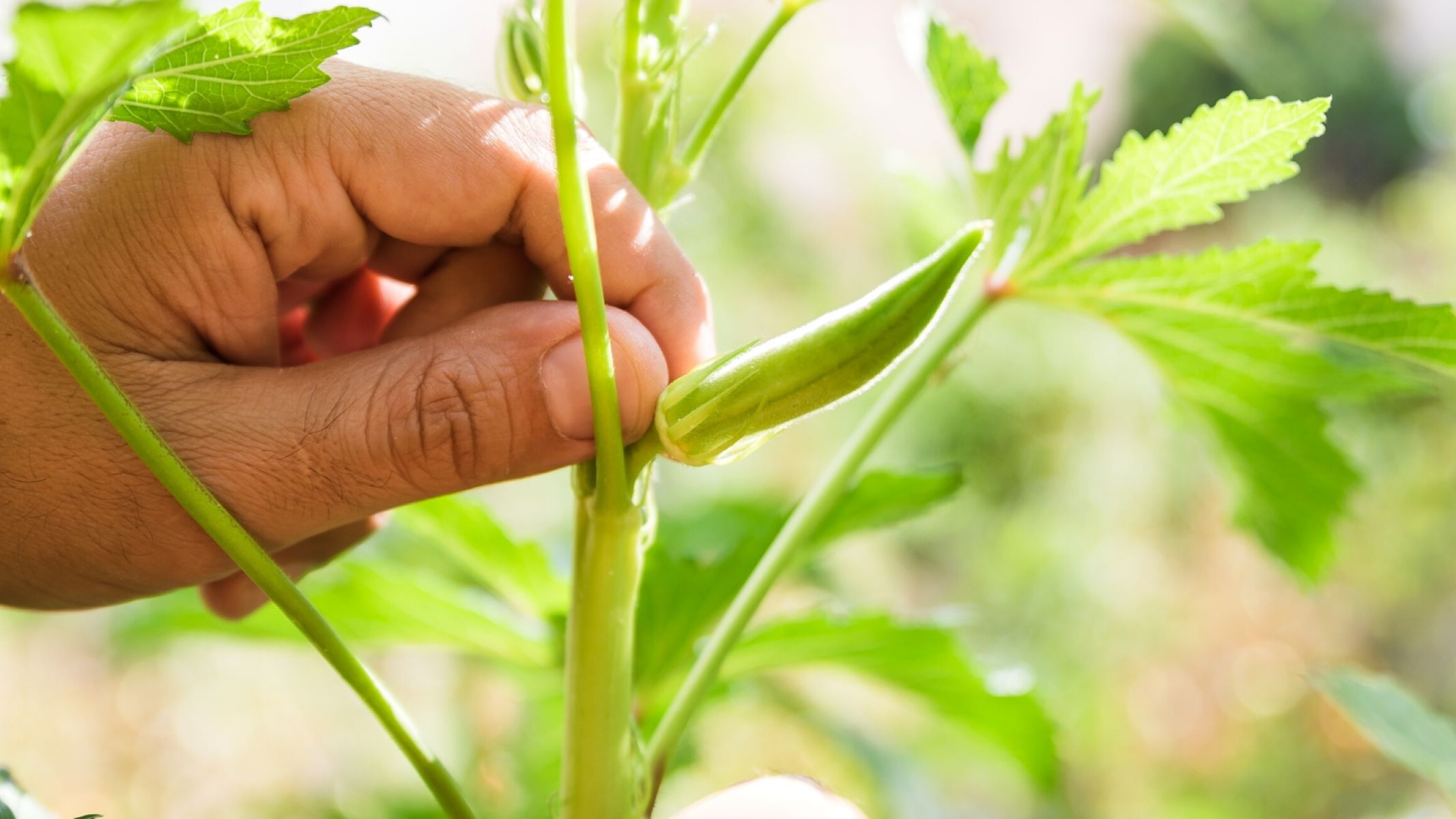
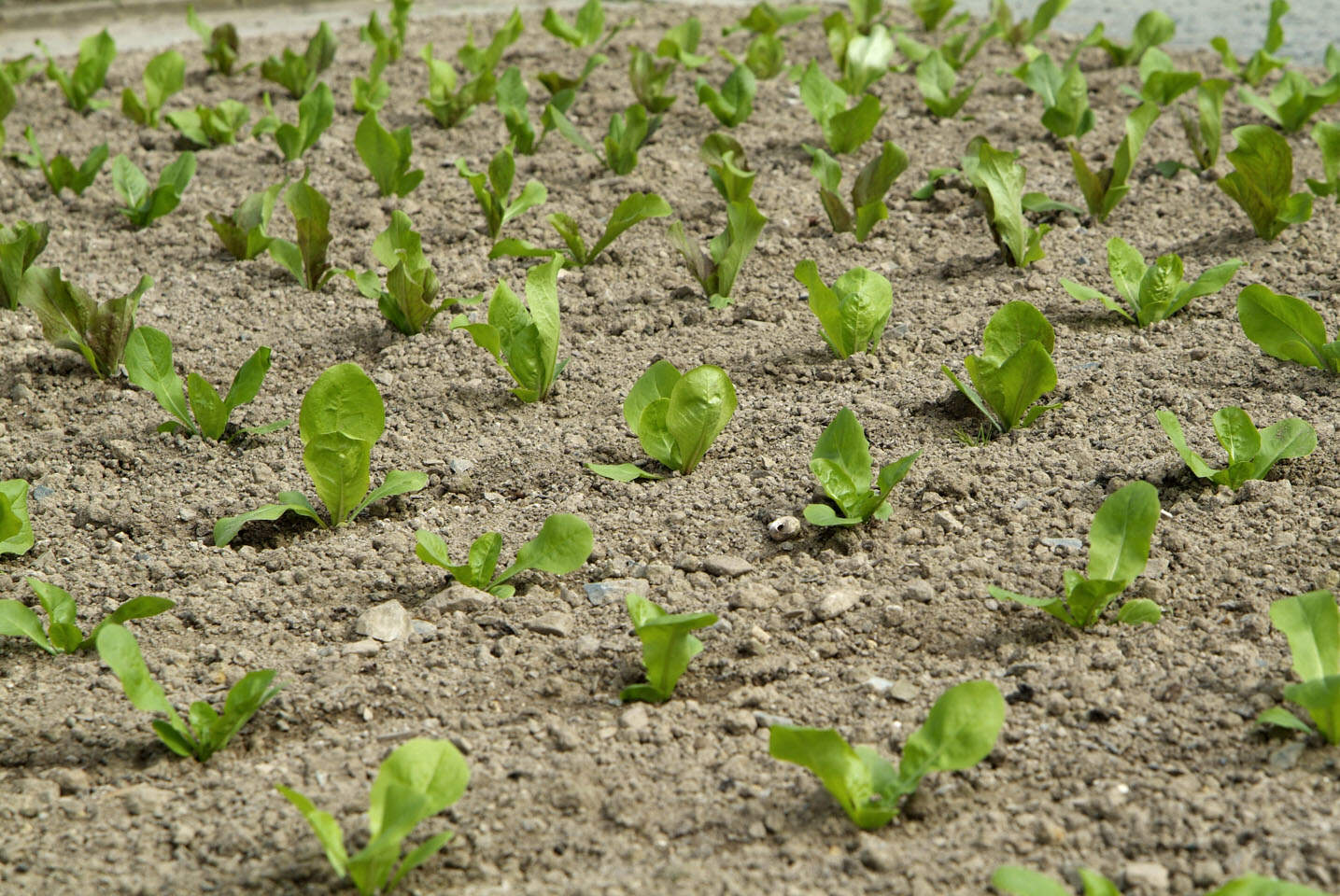

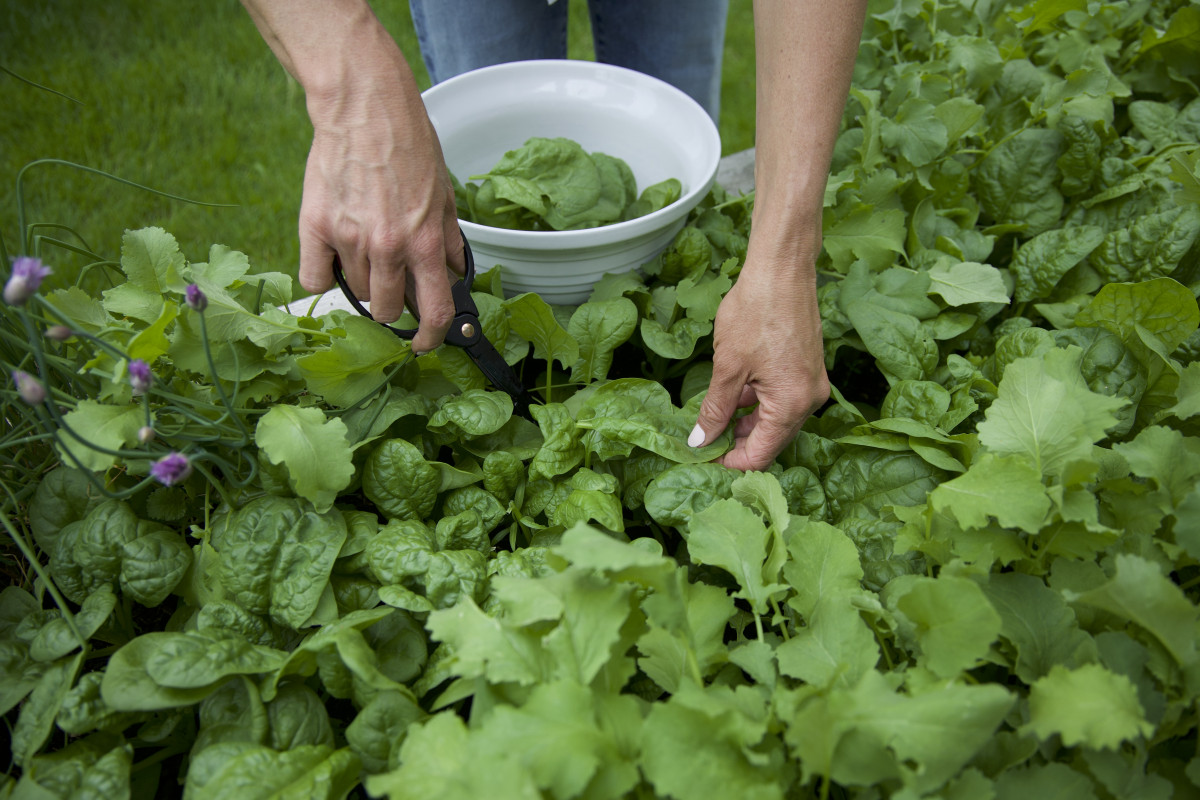
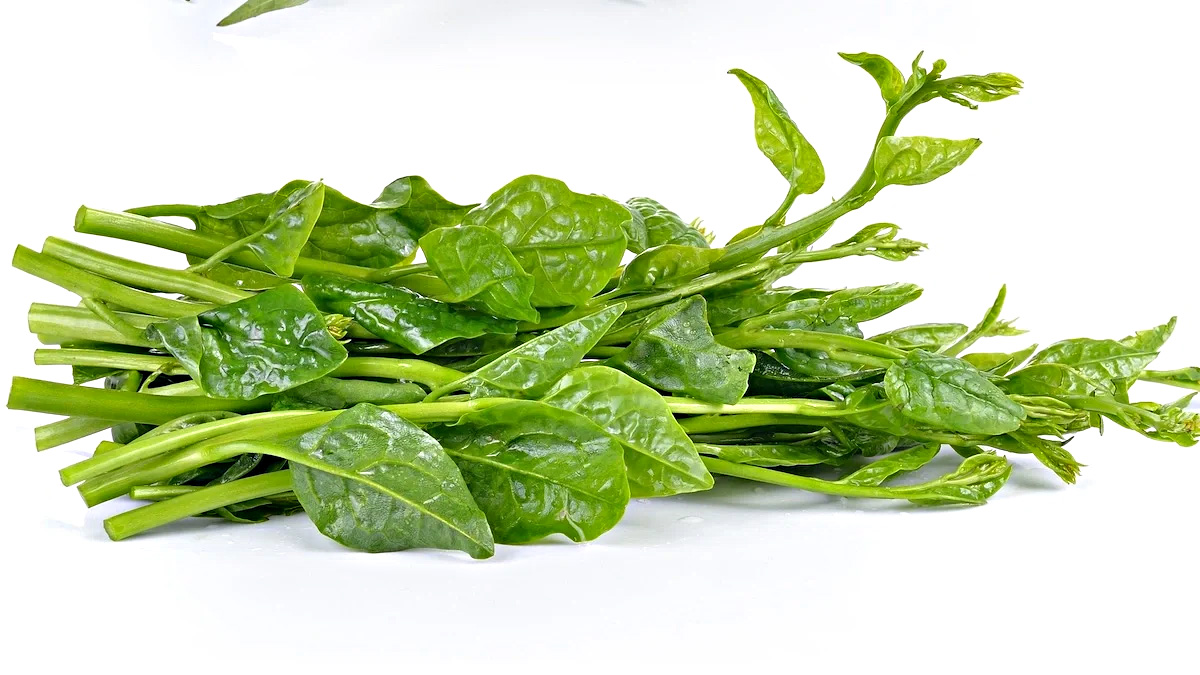
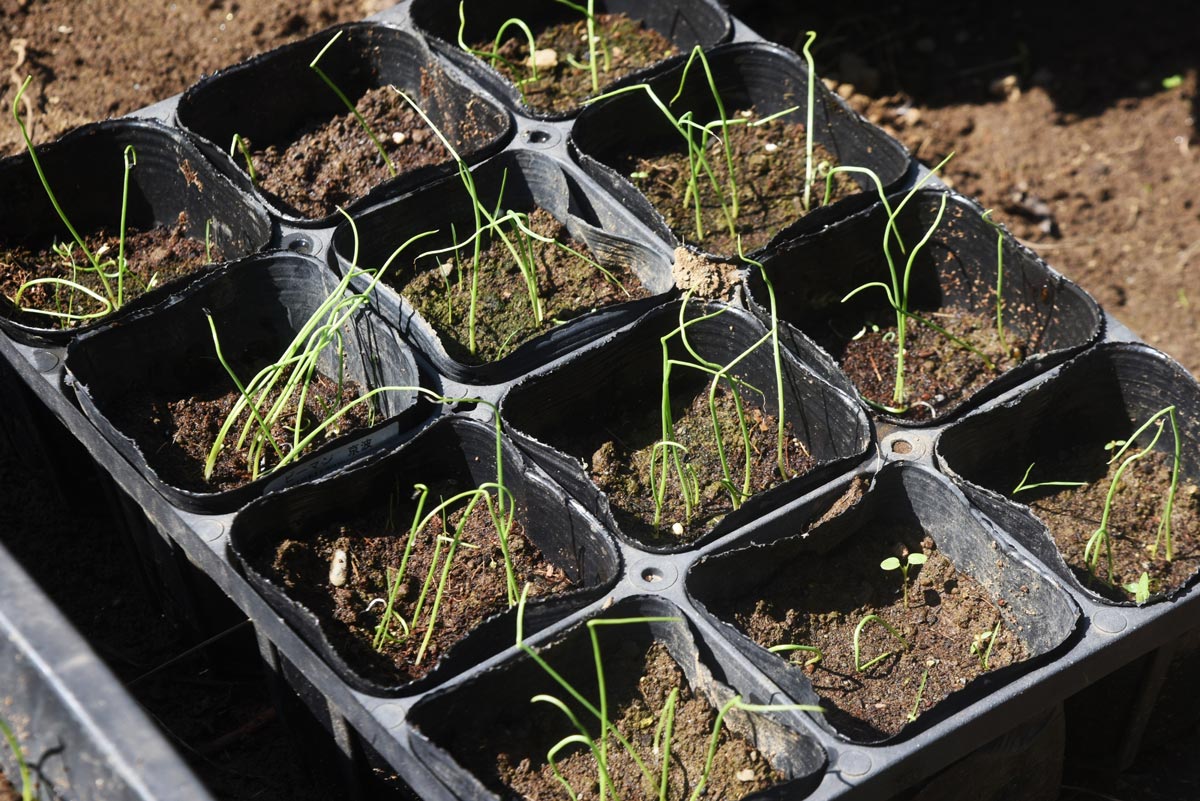
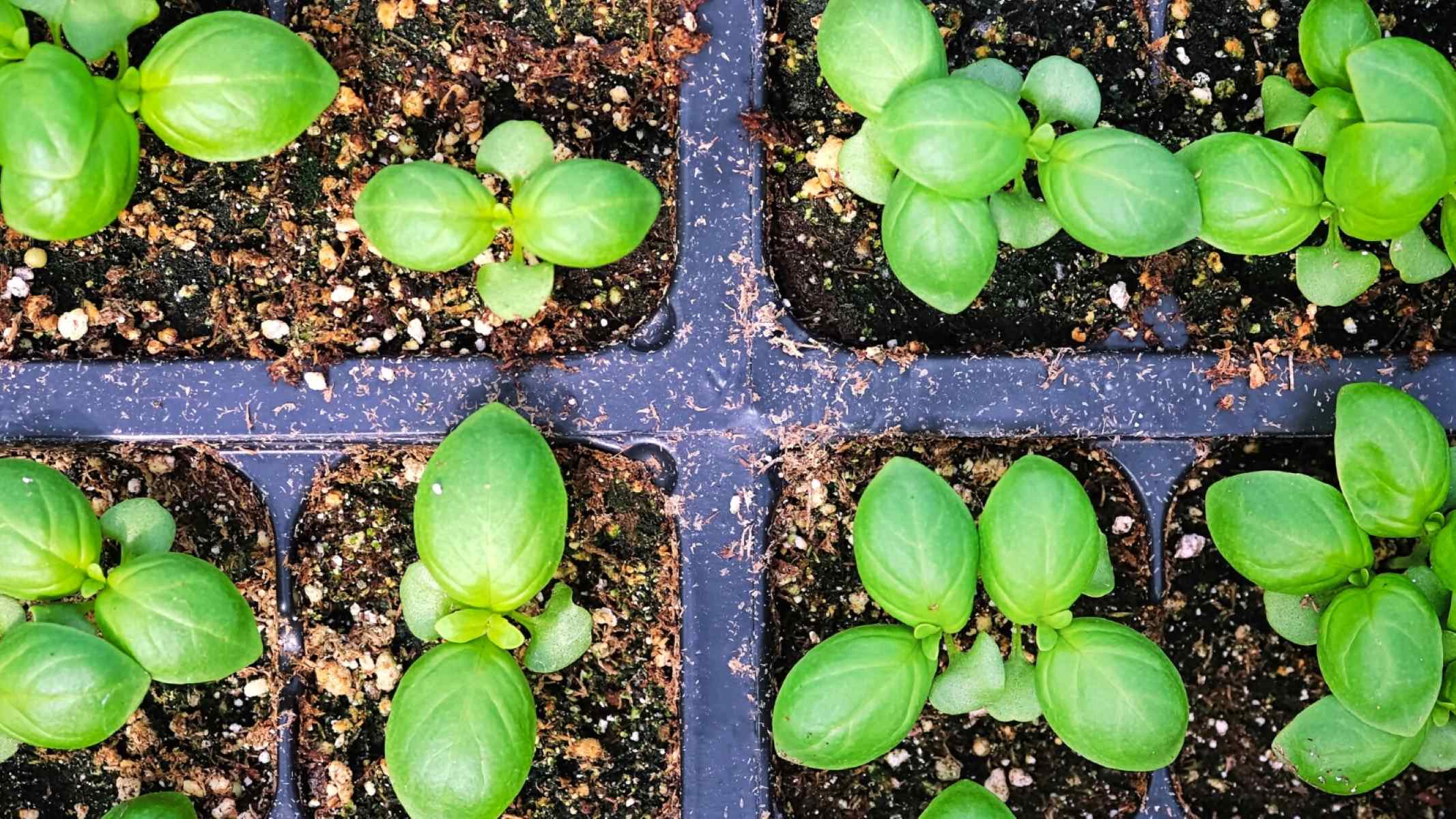
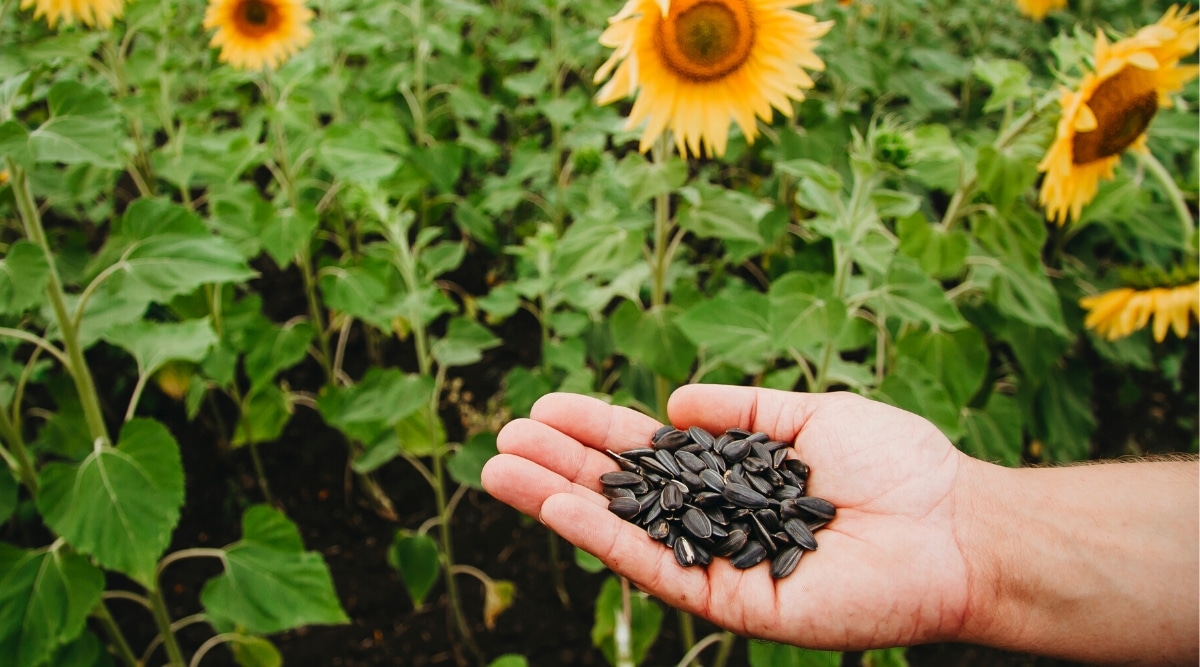
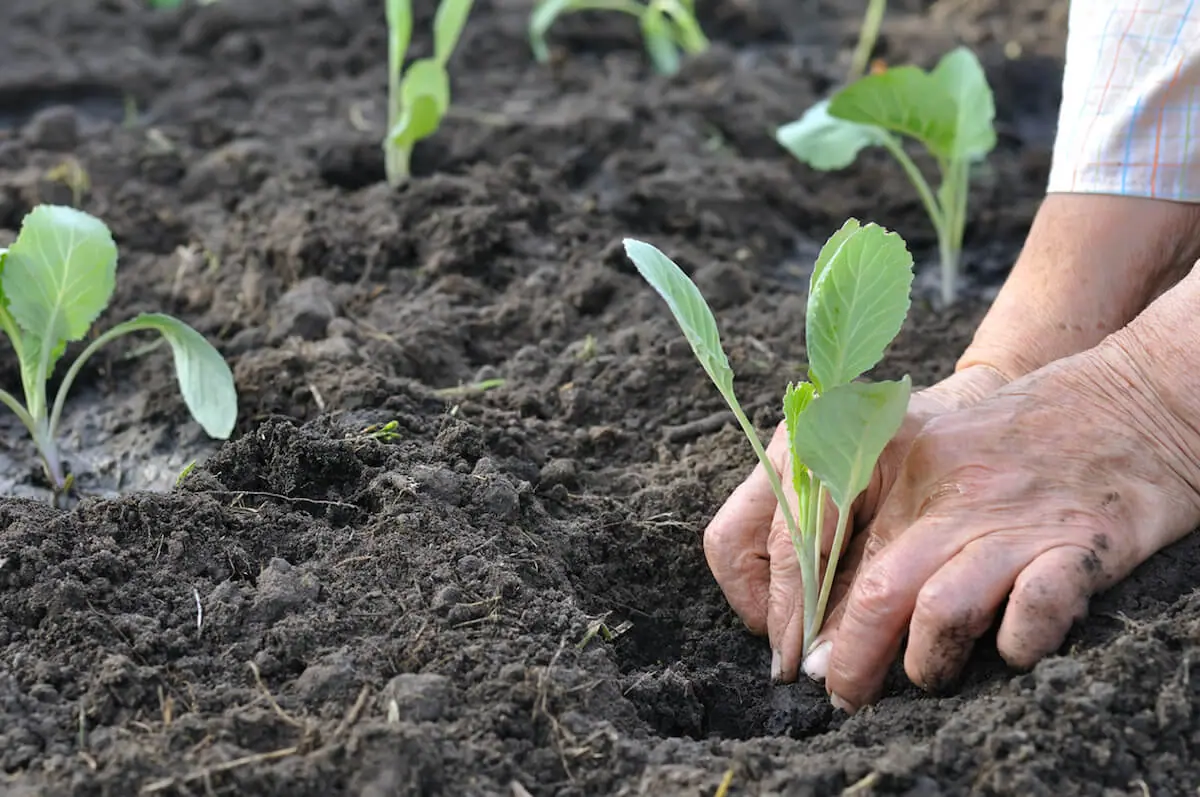
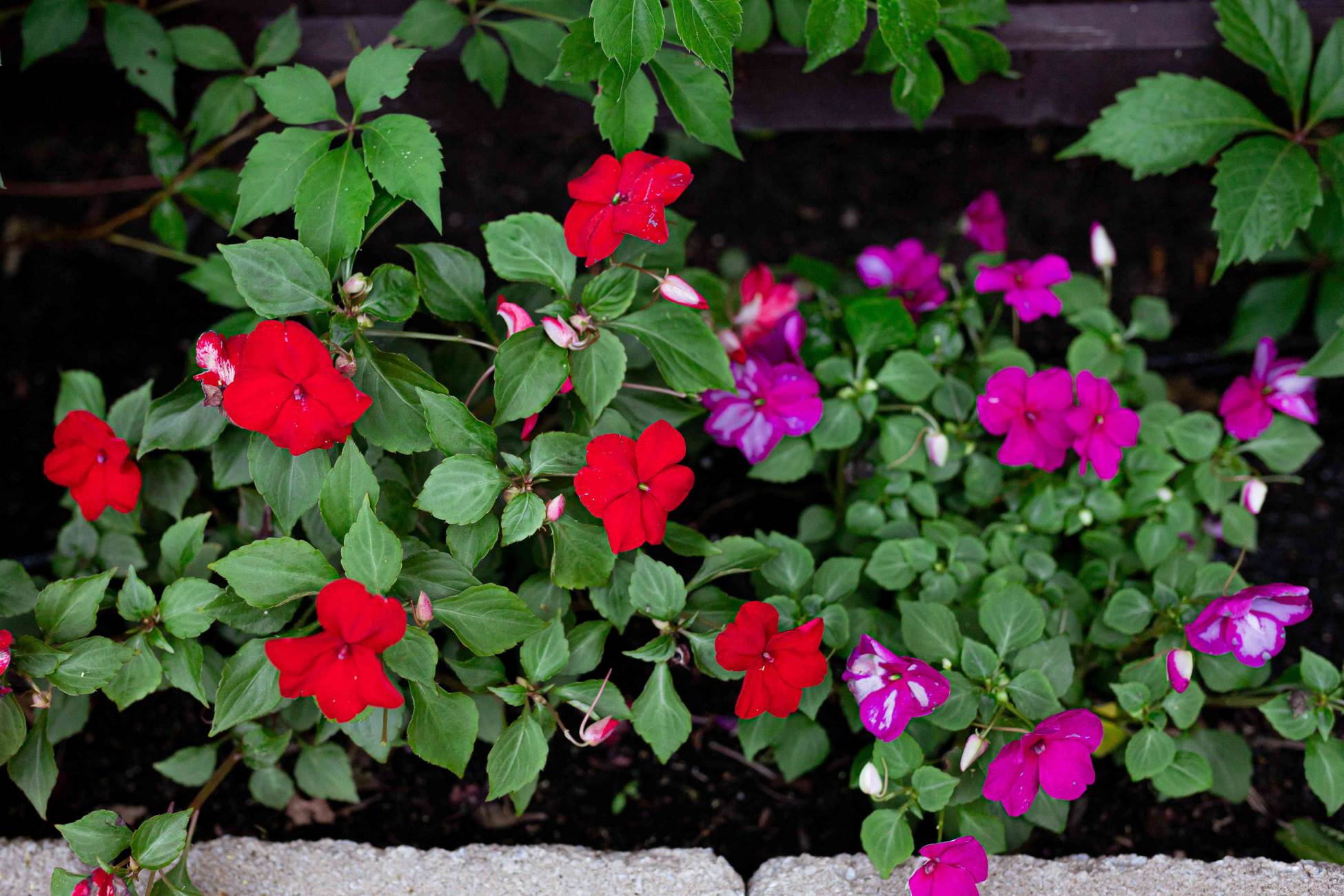

0 thoughts on “How To Sow Spinach Seeds”